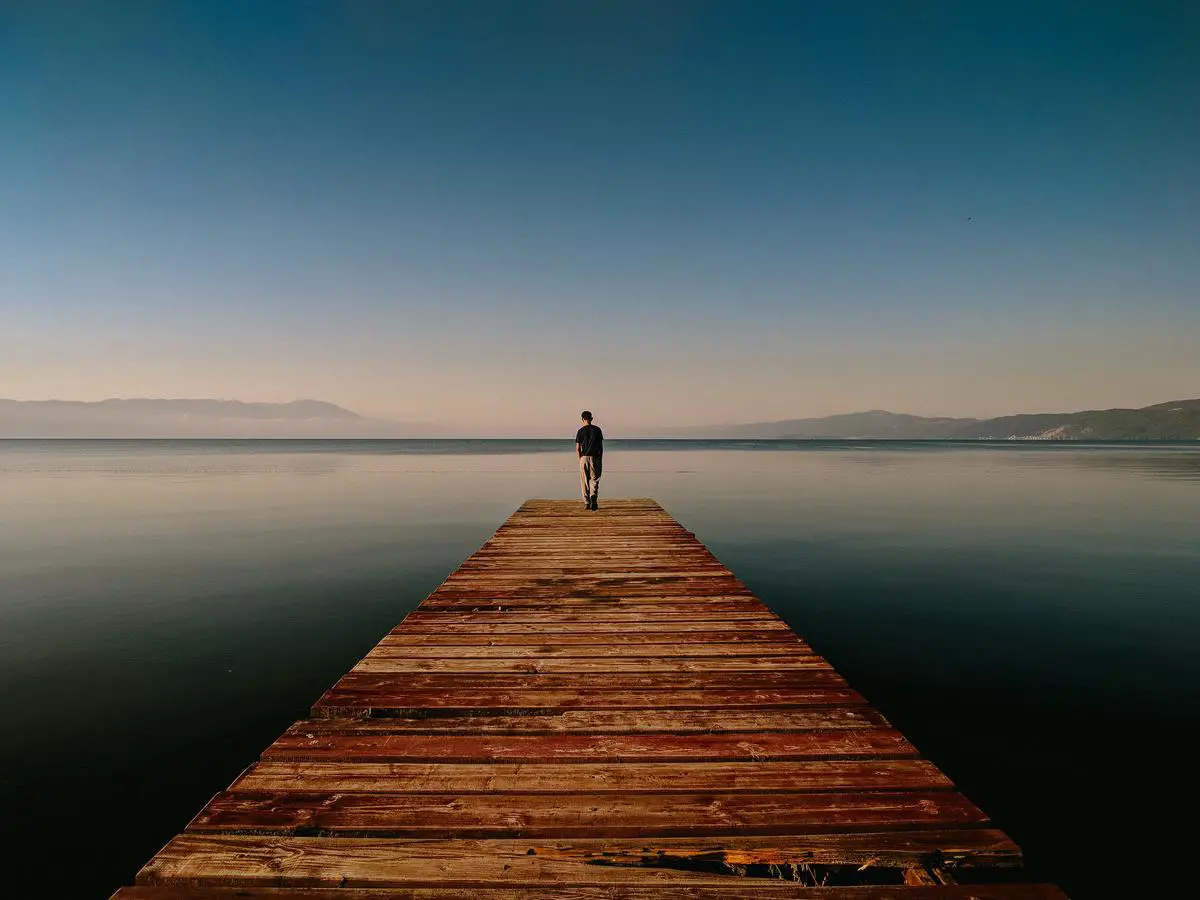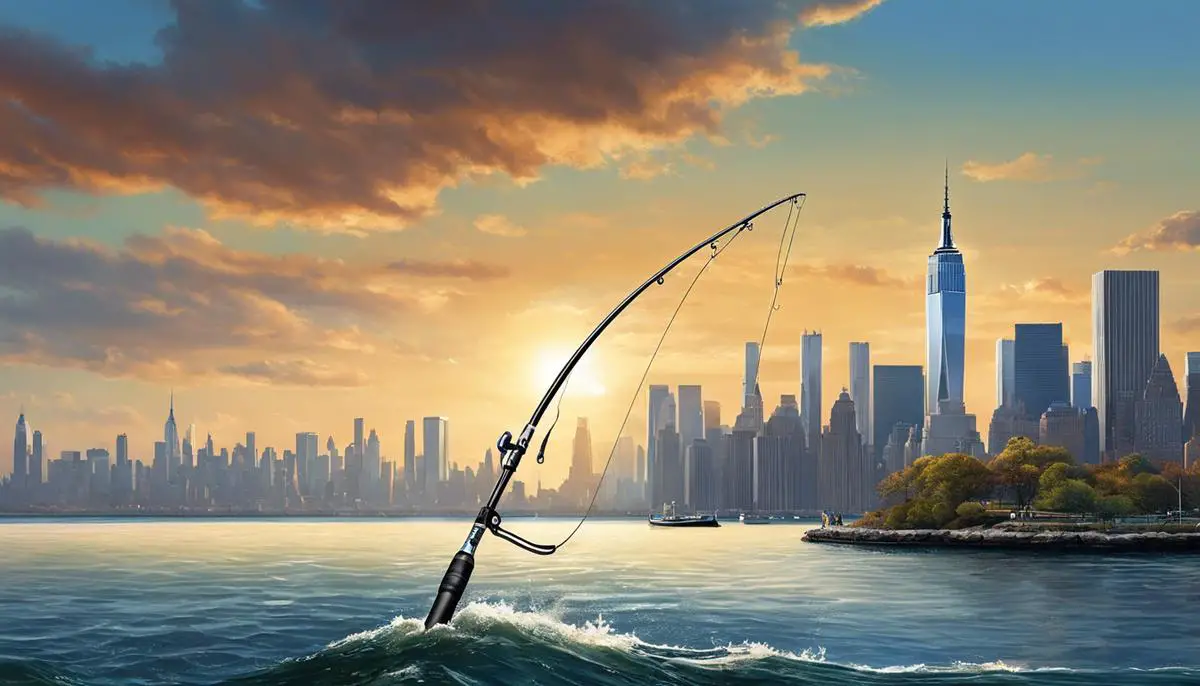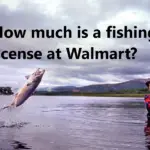When it comes to saltwater fishing in New York, a crucial aspect often overlooked by the general public is the required registration. Not everyone understands that it is mandatory for those who wish to cast their line in New York’s coastal waters. The purpose of this content is to shine a light on this aspect, providing a deep dive into the need for such registration, the underlying legal facets, and the required documentation. Additionally, it offers a step-by-step guide on the registration process, facts about the deadlines, and the aftermath of not registering on time. Beyond the registration process, there are additional considerations and regulations – fishing seasons, bag and size limits, and prohibited species – that all contribute to the sustainability and management of our marine ecosystems. By immersing in this information, you’ll be well-equipped with the knowledge to legally and responsibly engage in saltwater fishing in New York.
Understanding the Requirement of Saltwater Fishing Registration in New York
Saltwater Fishing in New York: A Guide to Legal Angling
Fishing is a gateway to tranquility, a marvelous mix of patience, finesse, strategy, and a pinch of luck. As serene as saltwater fishing can get, it also demands adherence to state regulations to keep the ecosystem in balance. Ensuring you’re fishing legally in New York specifically, involves registering for a saltwater fishing license. Here’s what every passionate angler must know.
The first mandatory requirement is the need for the saltwater fishing license itself. This license, also known as the Marine Fishing Registration, is necessary for anyone aged 16 or older who desires to fish in the marine and coastal district of New York State or for migratory fish of the sea within tidal waters. The registration serves to preserve marine resources by generating data about recreational fishing across the state along with the costs and benefits it entails.
Registration is straightforward and can be done in several ways. Potential registrants can visit the Department of Environmental Conservation’s (DEC) online sporting license system, apply in person at a local license issuing agent or DEC office, or even conveniently register by phone. Keep in mind that there are no fees attached to this registration, making access to this relaxing hobby as cost-friendly as it is rewarding.
For those who go fishing only during vacations or short trips, there’s the option of a one-day or seven-day license. Conversely, seasonally passionate anglers might find a full-year license more suitable. Whichever category fits your fishing habits, remember to familiarize yourself with bag limits and size limits set by the state to maintain sustainable fishing practices.
Now, an essential clarification is that while saltwater fishing registration is generally free, it doesn’t cover fishing for freshwater fish species, freshwater baitfish or lobsters and crabs. For these activities, separate licenses are required, so do your research based on your fishing goals.
In this beautiful hobby of ours, part of the joy comes from being good stewards of nature. Registering ensures we do our part while enjoying the plentiful bounty that New York waters have to offer. A fishing trip in New York is a memorable experience, brimming with possibilities and adventure. So, get that saltwater fishing registration, be sure to comply with the rules, and head out for a fantastic day of angling. Happy fishing, fellow hobbyists!

Photo by adibharith on Unsplash
Registration Process for New York Saltwater Fishing
Delving farther into the process of registering for saltwater fishing in New York, it’s not just about knowing why it’s crucial or which license best suits your fishing sequences. It’s also about knowing the steps to take, identifying the potential requirements, and, not to forget, the need to understand the precise procedures for renewing your license.
So, step one: Access New York Department of Environmental Conservation’s (NYDEC) website. Navigate to their fishing page, then hit the license and permits and finally to the recreational marine fishing. There, you will find comprehensive details about saltwater fishing in New York.
You’ll then have to sign up to DEC’s Automated Licensing System (DECALS), which stores records of licenses and permits. This is a required one-off process for new applicants. Existing users can use their login details to access the system.
Upon signing up or logging in, select the saltwater fishing license that fits your needs – one-day, seven-day, or full-year. The choice, or choices, you make here would have been informed by your needs or how often you anticipate going fishing. Remember, your saltwater fishing license lies valid for marine and coastal district waters only; other types of fishing have their unique requirements and licenses.
Once selected, the next step involves filling your personal information and confirming it. DEC usually requires relevant information such as full names, contact details, date of birth, and even driver’s license if available. The specifics may vary, but the general rule is that the information should help identify you as the official license holder.
A few more buttons to click and you’ll find yourself on the payment page. Costs vary depending on the duration of your license – one-day, seven-day, or full-year. Once you’ve made the payment, DEC processes your license, usually instantly, and your license becomes valid immediately afterward.
When it comes to renewing your license, it’s much simpler. The DECALS system sends a reminder email as the expiration date approaches. To renew, just log in to the DECALS portal, verify your details, and go through the same selection process as when first obtaining the license. Once payment is complete, your license is renewed!
Remember, there are bag limits and size limits imposed by the state, so always be mindful of these while you’re out fishing. Moreover, always be a good steward of nature, ensuring you’re maintaining the environment and not causing any harm. Keep complying with the rules and you’ll continue to enjoy a memorable fishing experience in New York’s lovely saltwater locations.
Remember, enjoy your time, respect the ocean, and Happy Fishing!

Photo by claybanks on Unsplash
Existing Regulations for Saltwater Fishing in New York
Now that we’ve covered the basics of saltwater fishing in New York, including licensing and limits, let’s explore some additional regulations and policies. Understanding the intricacies of these guidelines is paramount to maintaining the balance of our marine ecosystems while also ensuring your fishing adventure remains within legal grounds.
In New York State, it is important to note that even if you possess a fishing license, not all fishing methods are allowed in saltwater. Specifically, spearfishing is a prohibited method for many species such as Striped Bass, Shad, Crab, or any species not listed in the region’s ‘spearfishing permissible’ list. Refer to the NYDEC official site for species-specific restrictions.
When it comes to closure seasons for certain species in New York, the state has strict imposition periods. For example, the Winter Flounder has a restriction from January 1 to April 30. These dates serve to protect species during their breeding periods and contribute to the sustainability of our marine life populations.
Another critical regulation worth noting is the ‘no-sale’ policy for recreational catches. Under state law, individuals are prohibited from selling, or offering for sale, any fish caught under a recreational saltwater fishing license. This policy ensures fishing stays a sport and not a commercial venture.
One of the key strategies New York State employs to conserve marine resources is the creation of Marine Protected Areas (MPAs). These are zones where fishing is either limited or entirely restricted to protect marine habitats and biodiversity. Prior to setting out for your fishing trip, it’s essential to check the locations and boundaries of the MPAs for compliance.
Furthermore, the use of certain types of nets, including gill, trammel, and anchored nets, as well as fish traps, is prohibited in the marine and coastal district. There are also regulations on the types of hooks that can be used in some locations, specifically for the catch and release of certain species. Circle hooks, for instance, are mandated in certain conditions to prevent harm to fish during catch and release.
Last but not least, New York State strongly advocates for the ethical handling and release of unwanted or prohibited catches. Fish should be returned to the water immediately in their regular habitat to increase their chances of survival.
With the understanding and respect of these regulations and policies, saltwater fishing in New York can be a rewarding and sustainable activity. Do visit the official NYDEC website to stay updated and informed. Every angler’s first responsibility is to the environment and ensuring that the joy of fishing continues for generations to come. Now, here’s to a great day out on the water, New York!

Having delved into the complexities and requirements surrounding saltwater fishing registration in New York, it’s understandable why a comprehensive understanding is absolutely critical for anyone wishing to fish in these waters. The registration is not just a formality but a necessary process aimed at sustainable fishing and conservation of marine ecosystems. Furthermore, understanding the conditions, including fishing seasons, bag and size limits, and prohibited species, helps preserve the delicate balance of saltwater life in New York. After going through this content, anyone should feel sufficiently prepared to go through the registration process, armed with the right information and understanding of the broader regulatory landscape.



Welcome to our blog!